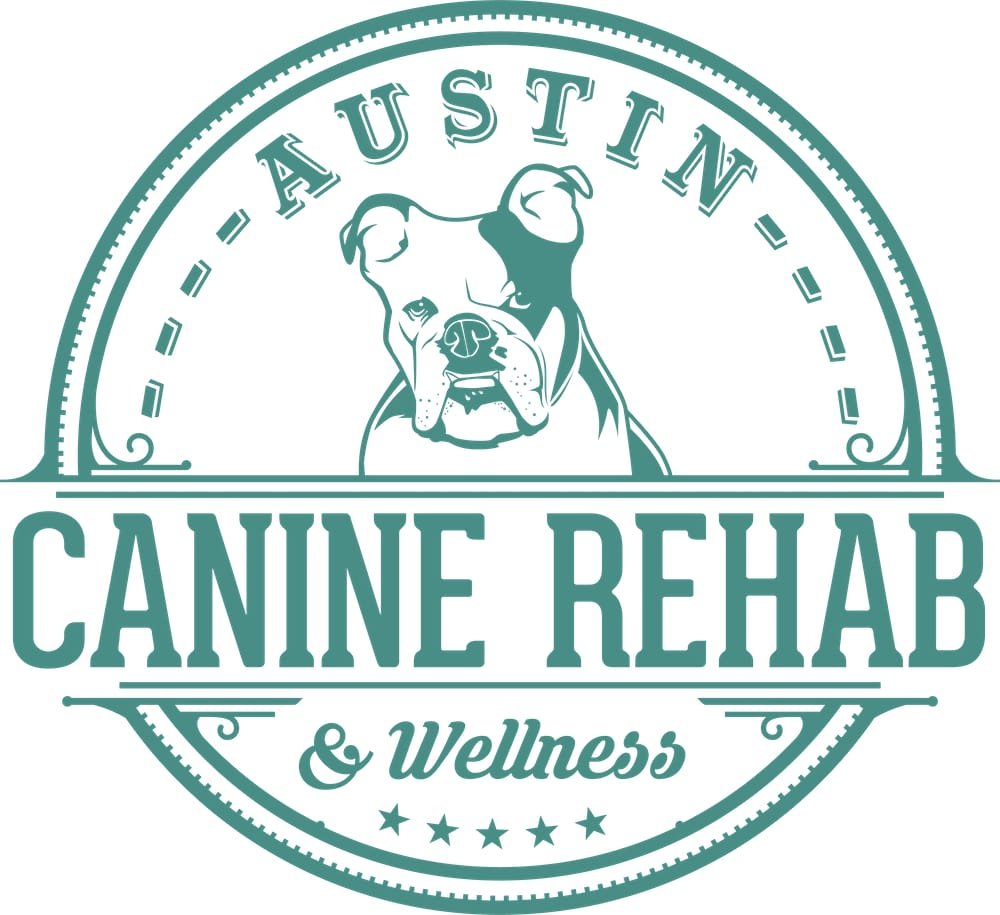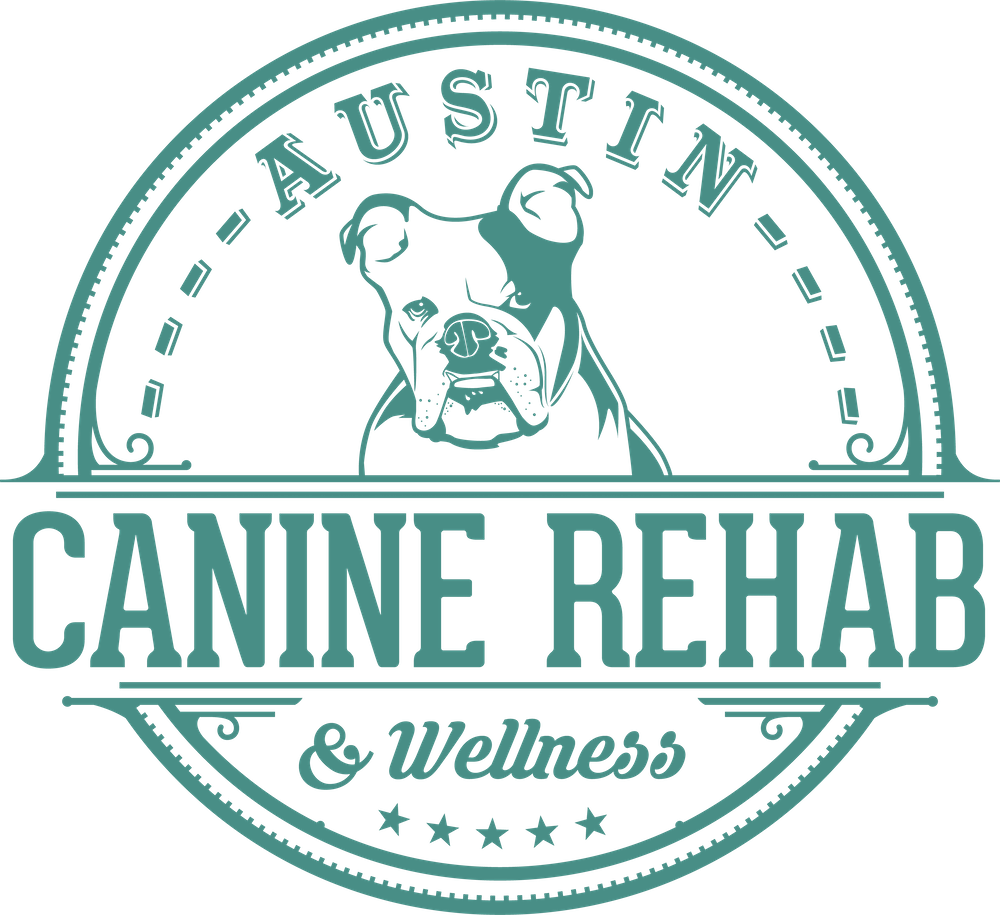The Best Way to Exercise a Dog with Arthritis: Safe Tips from a Canine Rehab Specialist
Seeing your dog move freely is one of the true joys of being a pet owner. Whether at the dog park or just in your backyard, watching your pet run, jump, and have a great time simply never gets old.
That’s why the diagnosis of arthritis or osteoarthritis can be so difficult to accept.
Does this mean that your dog’s days of running and playing are over? Not at all – but it does mean that you’ll need to be a little more careful in order to keep the dog moving freely and comfortably in the years ahead.
Let’s use this post to understand how you can approach mobility when your dog has arthritis. If you would like to get help directly from a canine rehab therapist, take a moment today to connect with Austin Canine Rehab and we’ll be happy to chat.
Understanding Canine Arthritis and Mobility Challenge
Arthritis is an extremely common condition in older dogs. While it’s certainly possible for younger dogs to develop arthritis, this is a condition primarily seen in dogs who are reaching their later years.
Whether in dogs or in humans, arthritis is an inflammation of the joints. This inflammation causes pain which can range from mild to severe. In the case of osteoarthritis, the condition is degenerative and it will gradually wear down the joint cartilage over time, leading to more dramatic symptoms.
You’ll likely see behavioral changes in your dog when arthritis becomes a problem. The dog may take longer than usual to stand up. Going up the stairs may become a problem, and they might avoid jumping up onto furniture. As the condition advances, you may start to notice an obvious limp or general irritability.
Can Dogs with Arthritis Still Exercise?
The simple answer here is yes. Dogs with arthritis can still exercise. In fact, when done properly, exercise is a great option to help the dog remain comfortable, healthy, and in as little pain as possible. A combination of careful exercise and a quality diet is a good approach to this situation.
You do need to be careful with exercise, however. If you ask too much of your dog, overexertion will lead to significant inflammation and pain, or even a related injury. You always want to err on the side of caution when exercising a dog in this situation. Take it easy at first and work your way into various exercises that seem to be a good fit.
Safe At-Home Exercises for Dogs with Arthritis
It’s a good idea to have a few different options in mind for exercises that you can use with your dog at and near your home. You may need to go through a bit of trial-and-error to determine which exercises the dog seems to enjoy without aggravating their arthritis.
Let’s look at a list of a few ideas for at-home exercise options you can explore with your pet –
Short leash walks. This is the best starting point for arthritis exercises. In fact, this doesn’t really feel like exercise – it’s just going for a walk, after all. It’s important to prioritize this activity, however, as your dog could end up simply sitting around day after day without being intentional about going for walks. Keep the walks at 10 minutes or less to start with and try to find a soft surface like grass to make the walk gentle on the joints.
Slow hill walking. If it suits your dog and doesn’t seem to increase their pain, walking on a hill will help engage different muscles. Pay attention to your dog’s stability while walking on a hill and get back to flat ground if they seem uncomfortable for any reason.
Gentle tug games. Many dogs love to tug on a rope that you are holding on the other end. This activity can get rough, but it doesn’t have to – play gently and let the dog take the lead in terms of how much effort or aggression they put into it.
What to Avoid When Exercising an Arthritic Dog
There are a couple of primary things to watch out for when helping your arthritic dog get exercise. The first is high-impact activity. Running and jumping certainly count in this category, as does playing fetch. These activities are fun for a healthy dog but just might be asking too much of the joints that have been compromised by arthritis.
Also steer clear of slick, slippery surfaces whenever possible. A slip on a smooth surface could cause further trauma to the joints. Try to use non-slip rugs in your home where you have surfaces like hardwood floors or tile, and avoid outdoor spaces that are too slippery to provide solid footing.
When to Seek Help from a Canine Rehab Specialist
You can help your dog at home by going through some of the exercises we mentioned above. At some point, however, you may realize that professional help is needed to maintain your dog’s health.
It’s a good idea to reach out to a certified canine rehabilitation therapist if the dog’s symptoms are getting worse as time passes. Also, if the dog is resisting movement altogether, or is getting more and more anxious about having to move, the time may be right to schedule your first rehab session.
How Austin Canine Rehab Supports Dogs with Arthritis
No two dogs are exactly alike. That means no two dogs with arthritis will need the exact same treatment plan. We always customize our services for dogs with arthritis to make sure your pet gets treatments that are most likely to lead to great results.
Ready to get started? Just have a few questions? Either way, we are here for you. Take a moment to get in touch today and let’s work together to craft the brightest possible future for your dog.
Frequently Asked Questions
-
Short, controlled leash walks are a great start. It’s even better if the walk can take place on a soft surface, such as the grass in a park.
-
It’s typically better to opt for short, regular sessions rather than long outings with a dog who has arthritis. For example, you might take your dog on two to three walks per day, with each walk lasting just 10 minutes or so.
-
Yes – the right types of therapeutic exercise are an excellent way to cut down on pain from arthritis. These exercises can strengthen the muscles that support the dog’s joints as well as improve circulation and reduce overall stiffness.
-
Carefully watch your dog’s movement and behavior during and after exercise. Signs of discomfort commonly include limping, excessive panting, or struggling to get up or lie down. If the exercise has been particularly hard on your dog, he or she might not want to move much at all afterward.
-
Therapeutic exercise is a great start, but it likely not the end point. It’s also a good idea to consider steps like manual therapy, PEMF therapy, joint supplements, and dietary adjustments.





